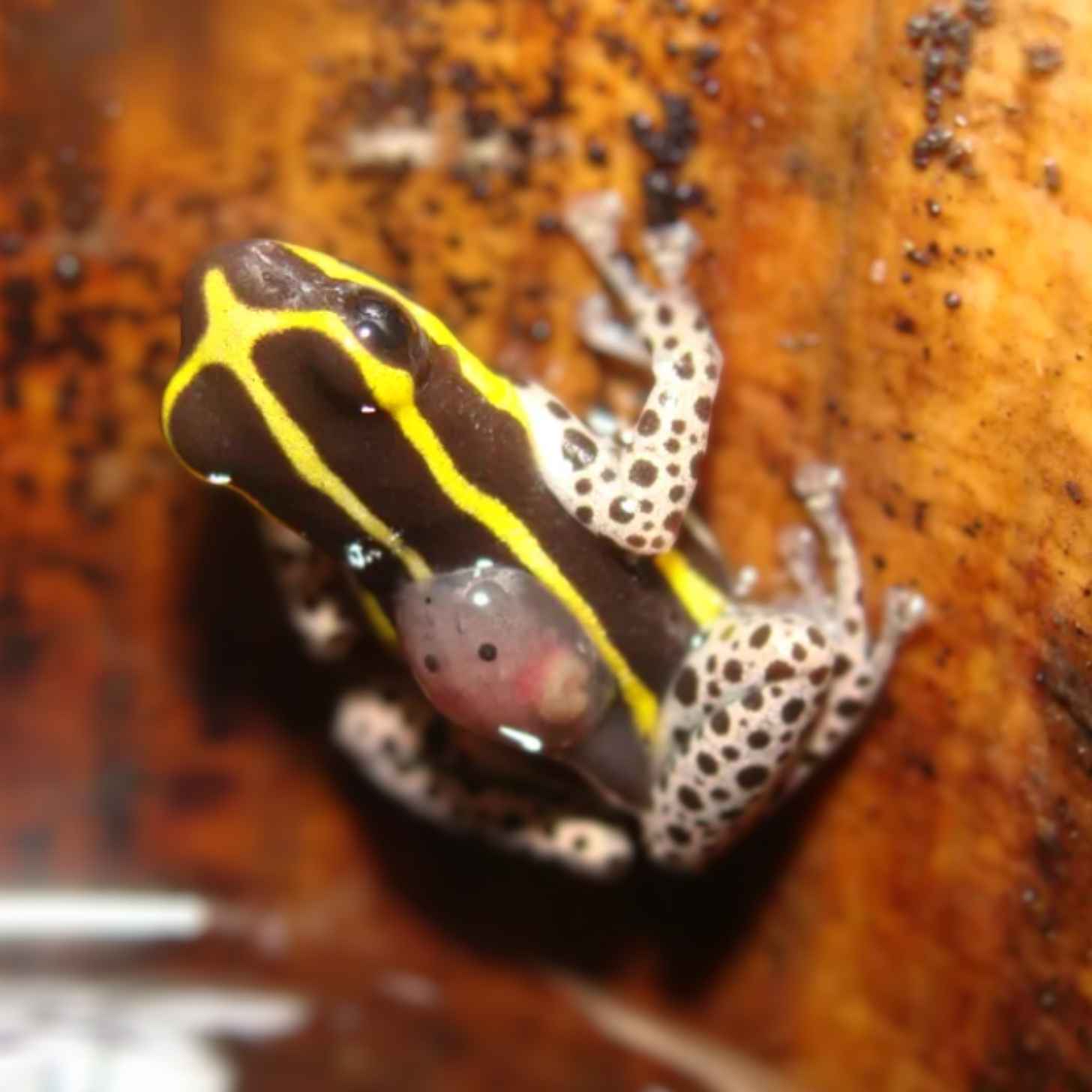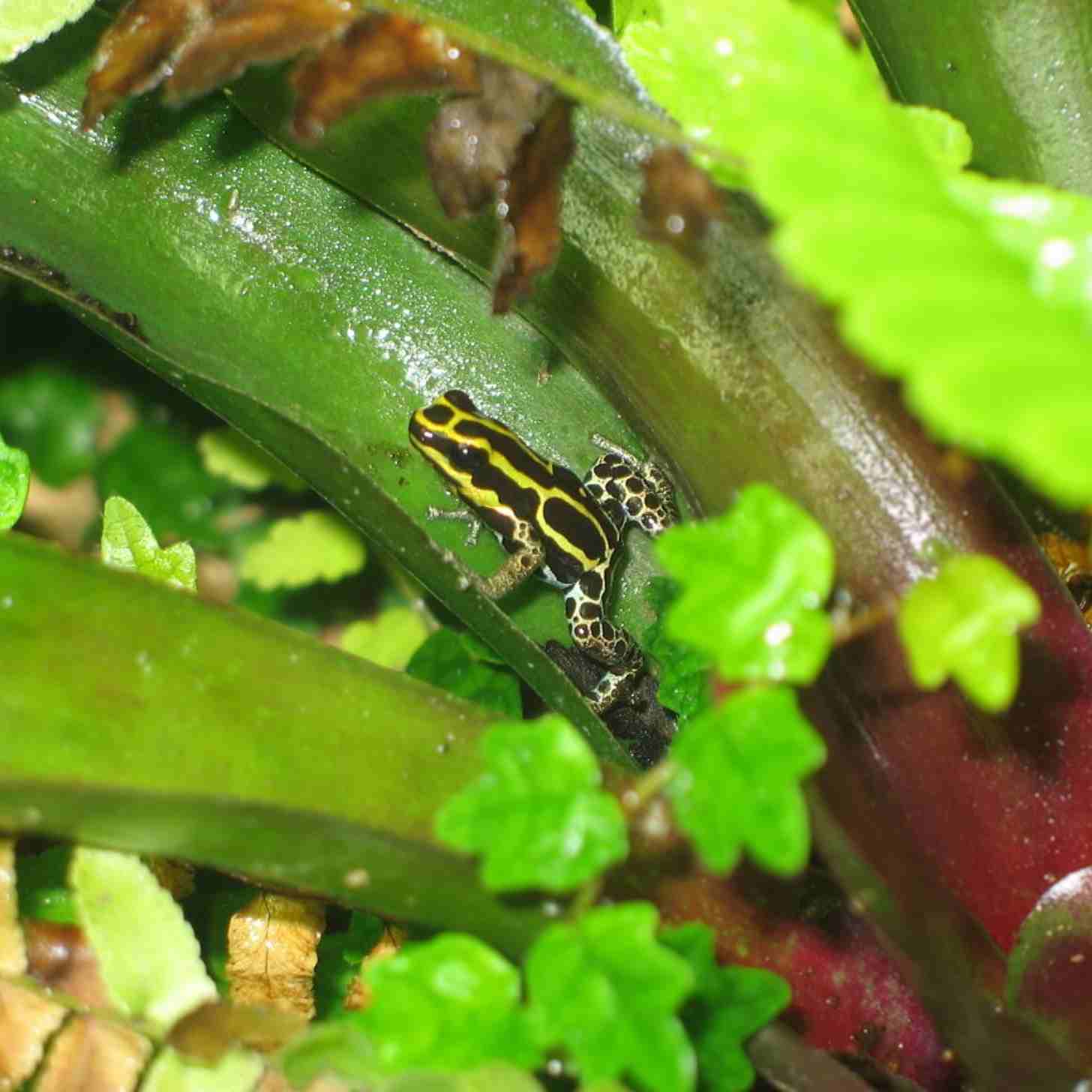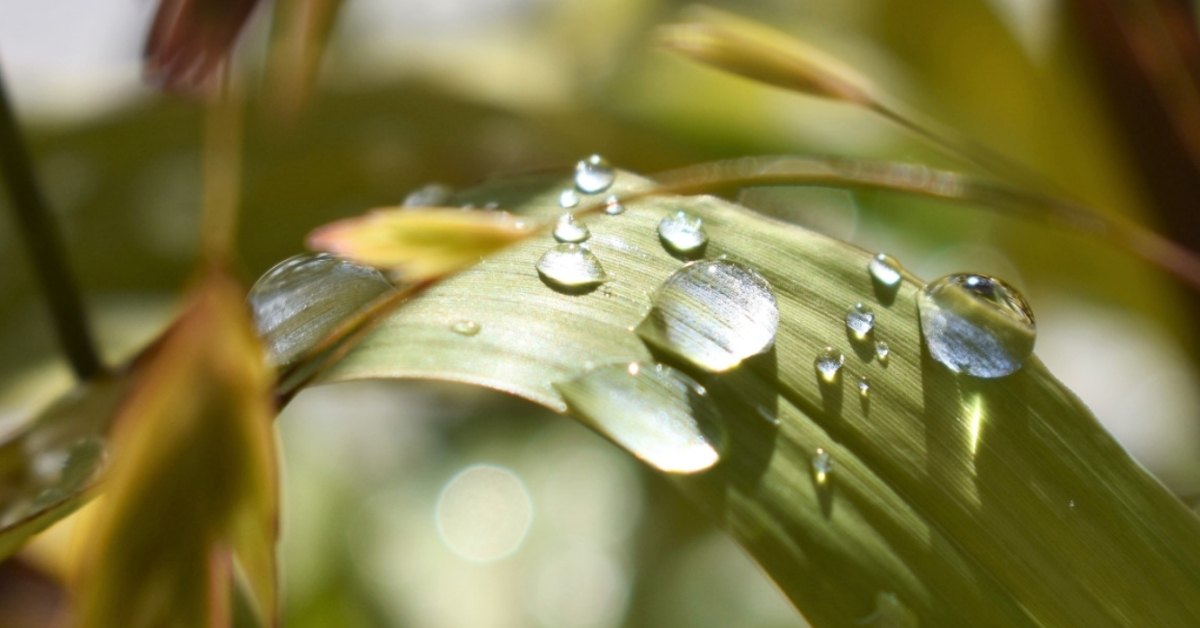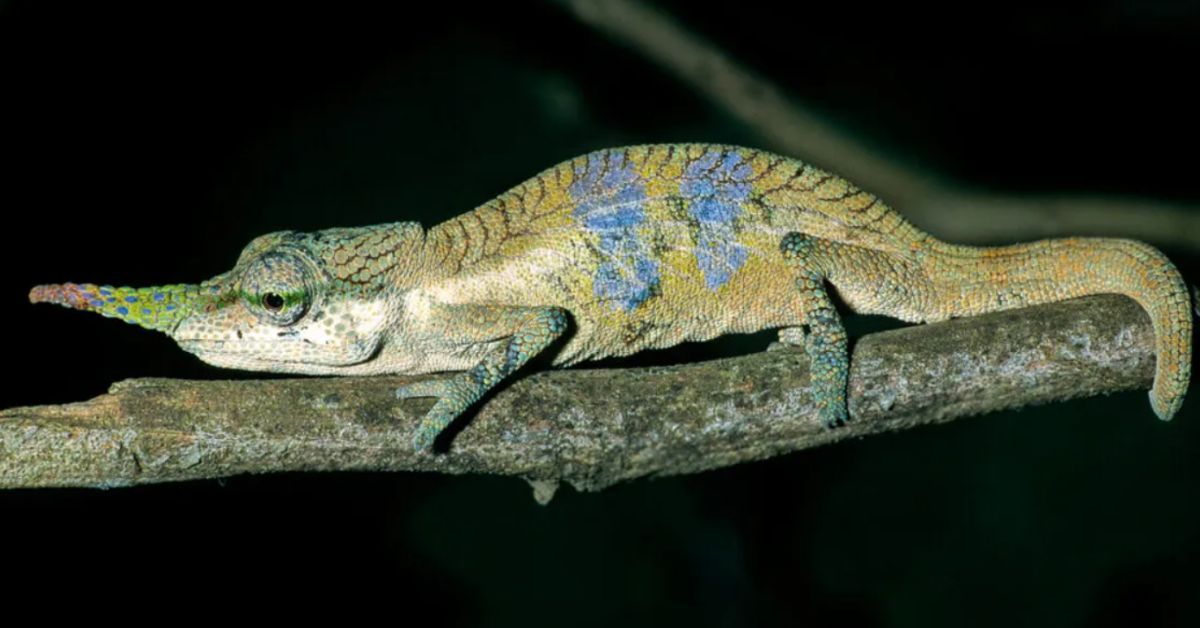Picture a button, a pencil eraser, or a dime. Those small-scale objects are the same size as a new species of poison dart frog, the Ranitomeya hwata.
At 15 millimeters, it’s the smallest frog ever found in the Ranitomeya genus.
Despite its minuscule size, scientists were able to spot the new species on an expedition through Alto Purús National Park in the Amazonian lowland forests of western Brazil and southeastern Peru.
By comparing museum records, the researchers confirmed that the new species can also be found in northern Bolivia, which borders Brazil and Peru.
According to a press release from a Peruvian conservation agency, the National Service of Natural Areas Protected by the State, the discovery “highlights the biological richness of protected natural areas and the key role they play in the conservation of species still unknown to science.”
Like other poison dart frogs, the frog boasts distinct patterns and bright coloration.

“[The new species] has bright yellow dorsal stripes, a finely mottled ventral pattern, and a black band that separates the gular region from the belly,” the press release continued.
The Ranitomeya hwata lives exclusively in Guadua, a tropical species of bamboo native to Central and South America.
Inside the bamboo stems, male frogs fertilize the eggs of female frogs as they release them into the collected rainwater.
From there, the frog spawn hatch into tadpoles, which can wiggle onto their parents’ backs for transportation if their water supply begins to dry up.

“The most noteworthy thing about this species is how much it really loves living in Guadua bamboo,” Dr Evan Twomey, the study lead author, told IFLScience.
“Certainly, there are a few other species of Ranitomeya that live and breed in bamboo, but usually, it is just certain populations that do this.”
“However,” he continued, “as far as we know, the whole distribution of R. hwata seems to be tied to the presence of this bamboo, and with few exceptions, all individuals of this species have been found in or near bamboo.”
In addition to their love for bamboo, the researchers said that the new species appeared to diverge from its closest relatives by abstaining from cannibalism — a common trait in poison dart frogs.
They also proved to be less monogamous.
“Unlike other close relatives, which are mostly monogamous, males of the new species appear to be polygynous, recruiting multiple females per breeding site,” Twomey and his peers confirmed in the new study, which was published in the scientific journal Zootaxa.

Poison dart frogs are known to help their environment by keeping pest populations in check. They’re also uniquely suited to serve as prey for their only natural predator: the poison-resistant fire-bellied snake.
Additionally, as sensitive creatures with highly permeable skin, their mere presence is a strong indicator of a healthy ecosystem.
“This discovery highlights the great value of protected natural areas as havens for biodiversity and unique species,” emphasized the National Service of Natural Areas Protected by the State.
“It also expands knowledge about the diversity of Amazonian amphibians and reinforces the need to continue conserving habitats like Alto Purús National Park.”
You may also like: New creature with 'visible internal organs' discovered by scientists. It looks straight out of a Studio Ghibli movie
Header image CC0 Public Domain



